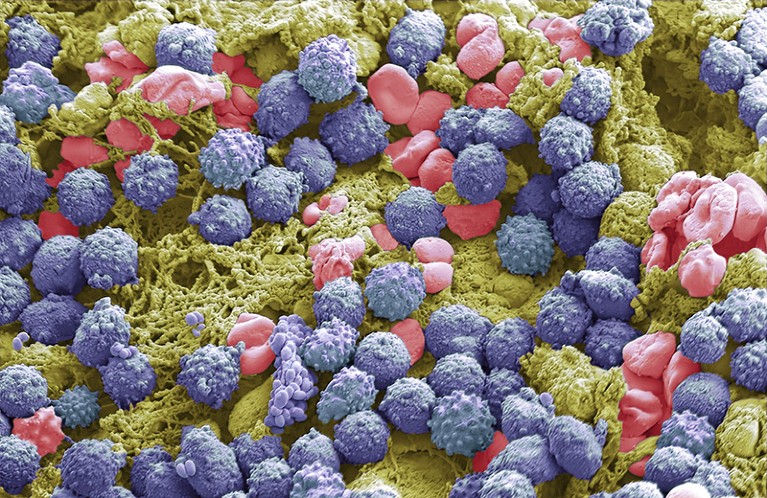In a recent article published in the Lancet Regional Health,
researchers investigated the association between statin therapy and the
risks of dementia among patients with heart failure (HF).
 Study: Statins and risks of dementia among patients with heart failure: a population-based retrospective cohort study in Hong Kong. Image Credit: artem evdokimov/Shutterstock.com
Study: Statins and risks of dementia among patients with heart failure: a population-based retrospective cohort study in Hong Kong. Image Credit: artem evdokimov/Shutterstock.com
Background
Dementia is one of the top comorbidity burdens in aged people, with
cases mounting to ~46.8 million globally. Likewise, over 64 million
individuals globally bear the HF burden, and its prevalence continues to
surge.
Heart failure and dementia have many common pathological mechanisms
and risk factors. Some studies have even pointed out that HF
intrinsically drives the development of dementia.
Thus, the investigative focus of HF outcomes has shifted to non-cardiovascular comorbidities, with dementia being on top.
Furthermore, studies exploring interventional strategies to address dementia burden in patients with HF are lacking.
Several meta-analyses demonstrated that statin use was associated
with a lower risk of all-cause dementia in a dose-response manner.
It exerts its effects through various mechanisms, including
lipid-lowering, ameliorating inflammation, and reducing amyloid
precursor proteins.
However, previous studies have rarely evaluated the effect(s) of
statin use and dementia incidence among patients with HF, especially in
Asian patients, which could be clinically relevant.
About the study
For the current retrospective cohort study, researchers searched for
all patients aged ≥18 years with HF as the primary diagnosis during
their hospitalization between 2004 and 2018, as in the Clinical Data
Analysis and Reporting System (CDARS) database developed by the Hong
Kong Hospital Authority.
They found 104,295 patients meeting this criterion, of whom 54,004
and 50,291 were statin users and non-users, respectively, after the
index date, i.e., the date of the first HF diagnosis.
The
team analyzed the use of four types of statins: simvastatin,
atorvastatin, rosuvastatin, and fluvastatin, and their effects on the
risks of three types of dementia, namely Alzheimer's disease (AD),
vascular dementia, and unspecified dementia.
Further, these patients were categorized based on their low-density
lipoprotein-cholesterol (LDL-C) levels to calculate their time-weighted
average LDL-C level, which helped the researchers understand the impact
of lipid control on the association between statin use and dementia
risks in patients with HF.
While they screened patient records from three years before the index
date, they included only baseline statin in the primary analysis to
avoid selection bias, which focused on examining the association between
statin use and the risk of all-cause dementia and its subtypes.
The outcomes of interest were incident dementia, its subtypes, and
all-cause mortality in patients with HF. They continued follow-up until a
diagnosis of dementia, death, or December 2020.
The team used inverse probability of treatment weighting (IPTW) to
address biases in treatment allocation and a Cox proportional-hazards
model adjusted for IPTW and competing risks while estimating the 10-year
cumulative incidence.
They also used a Fine-Gray model to account for all-cause mortality as a competing event.
The study followed the STROBE reporting guidelines. They presented
continuous variables as mean and standard deviation (SD), and
categorical variables as count and percentage (%).
Results
The mean age of 104,295 HF patients included in this study was 74.2±13.6 years, and 52,511 were male.
Over an average follow-up of 9.9 years, the researchers found that
10,031 patients had dementia, of which 2,250, 1,831, and 5,950 had AD,
vascular dementia, and unspecified dementia, respectively.
The cumulative incidence of overall dementia among statin non-users and users was 11% and 7.3%, respectively.
After multivariable adjustment with competing risk regression, statin
use lowered the risk of dementia compared with non-use by 20%.
For AD, vascular dementia, and unspecified dementia, the cumulative
incidence among statin users and non-users was 1.5% vs. 2.6%, 1.5% vs.
1.8%, and 4.3% vs. 6.4%, respectively.
Accordingly, statin users had a 28% lower risk of AD, 18% lower risk
of vascular dementia, and 20% lower risk of unspecified dementia
compared to non-users. Additionally, statin use lowered the risk of
all-cause mortality by 30%.
Furthermore, a serum time-weighted LDL-C between 1.8 and 2.6 mmol/L
or >2.6 mmol/L increased the dementia risk by 21% or 51% more than a
time-weighted LDL-C of <1.8 mmol/L.
It underscores the urgent need to evaluate lipid-lowering therapies to prevent the progression of cognitive impairment.
In subgroup analyses, statin users with less than primary education had the lowest dementia risk.
The study results remained robust even in sensitivity analyses
employing propensity score matching, Cox regression, and time-varying
exposure modeling to assess the association between statin use and
dementia incidence.
Conclusions
To summarize, this study remarkably demonstrated that statin use
significantly lowered the risk of all-cause dementia and its subtypes in
patients with HF.
Future research should focus on validating its neuroprotective potential further.













